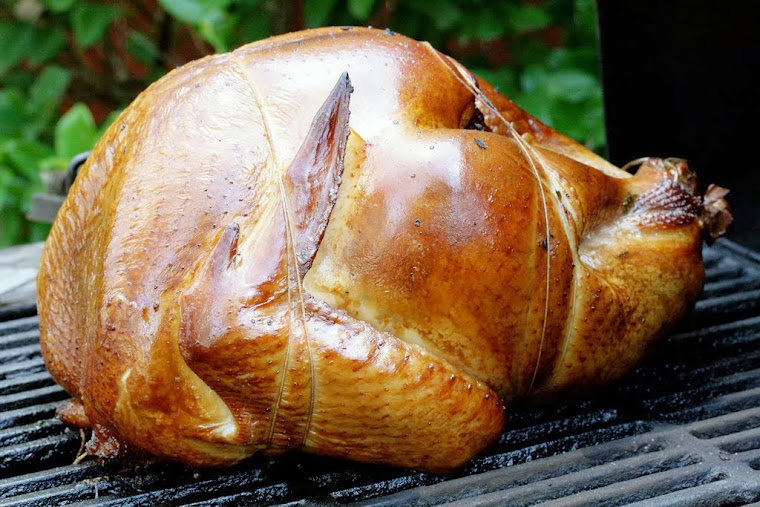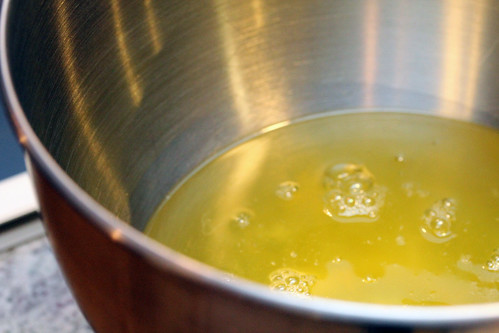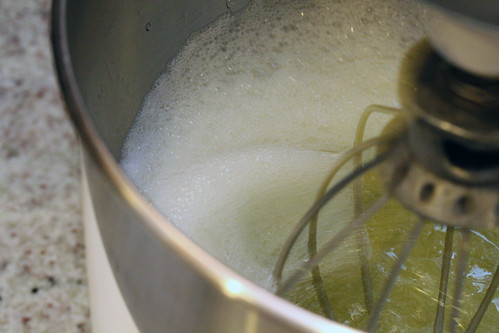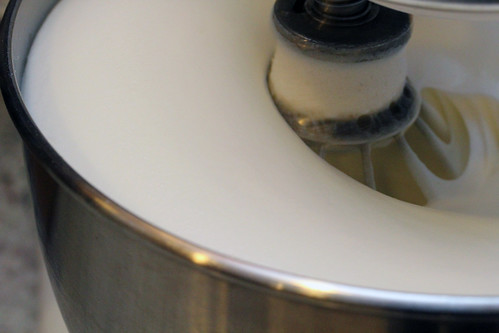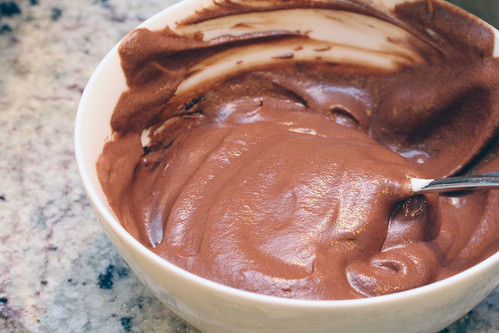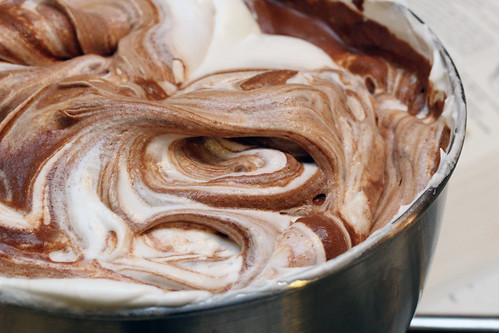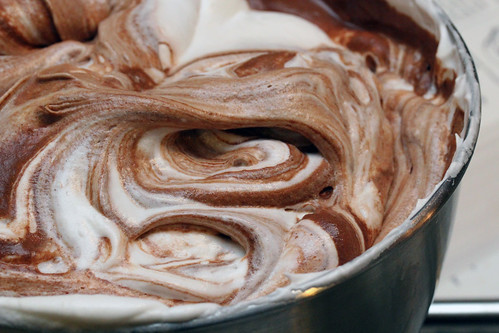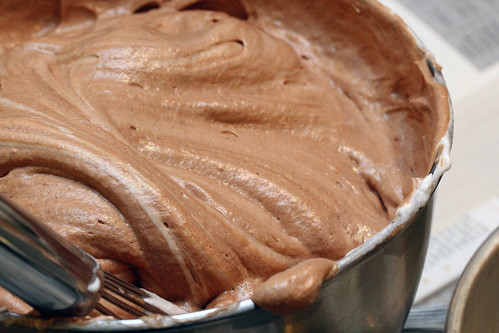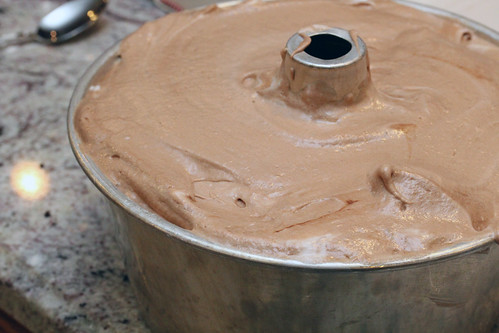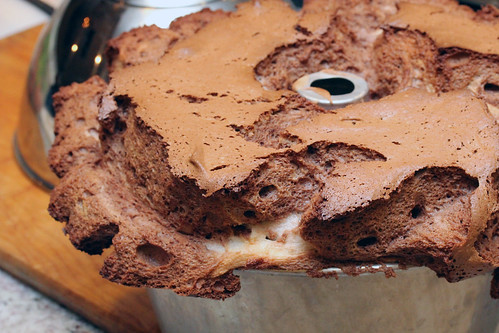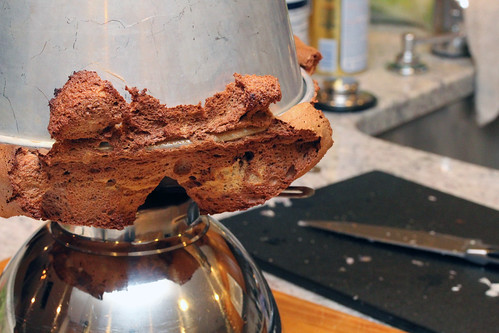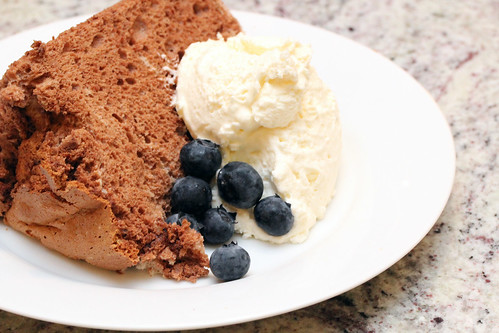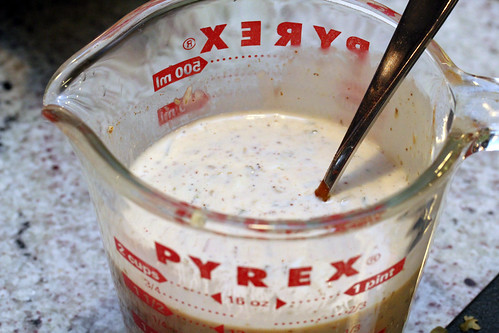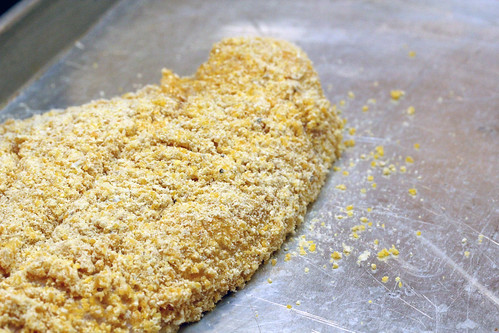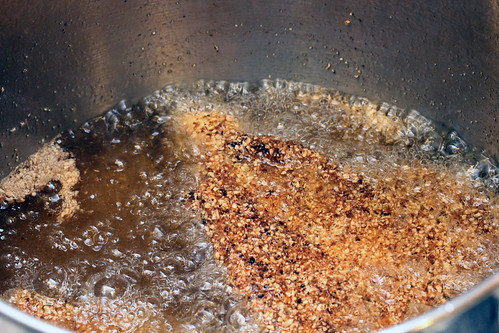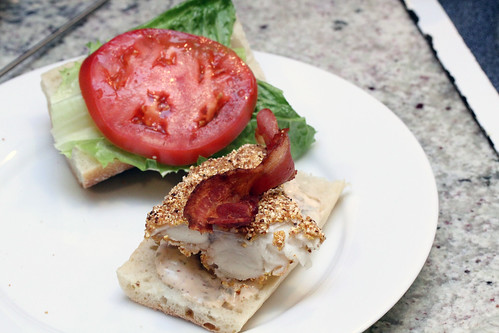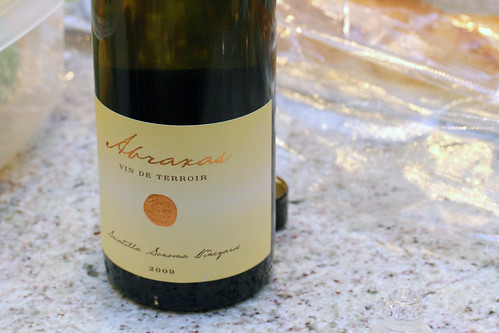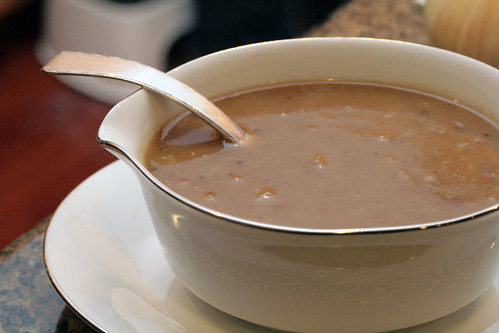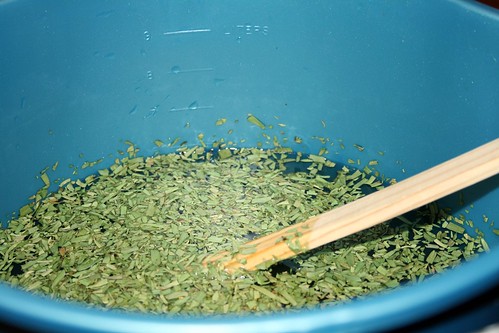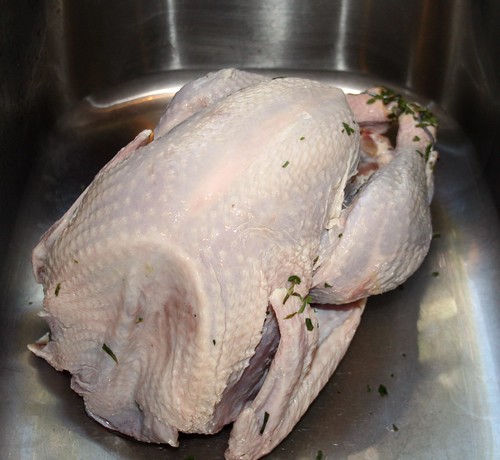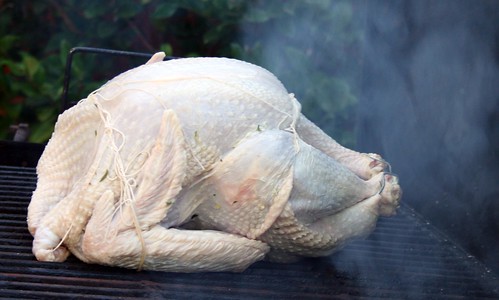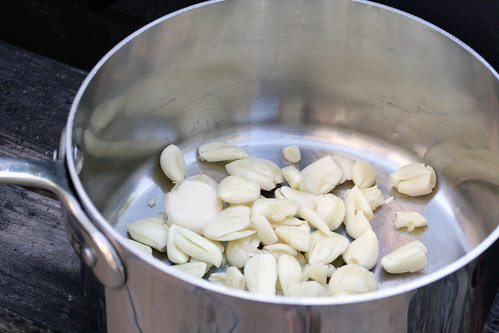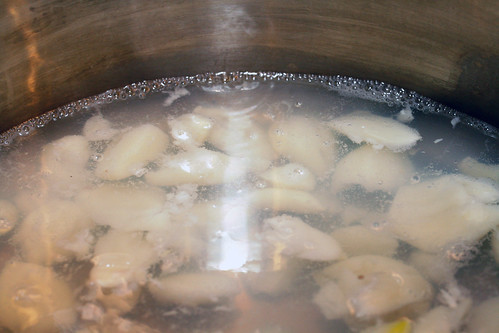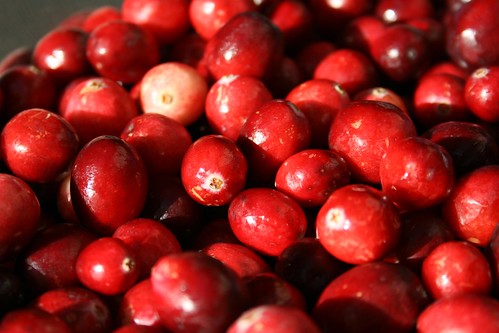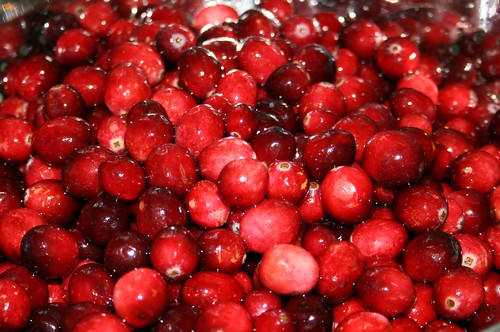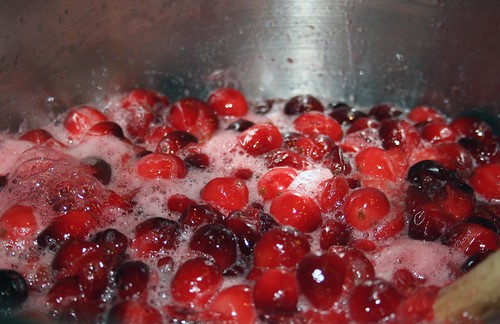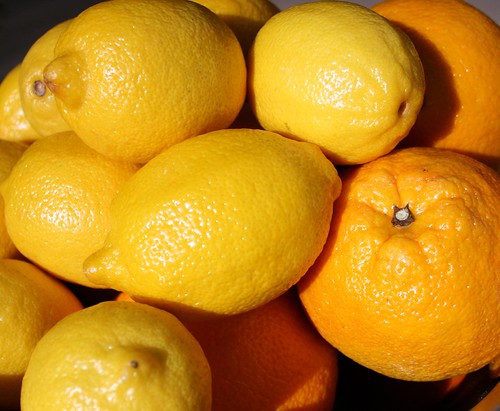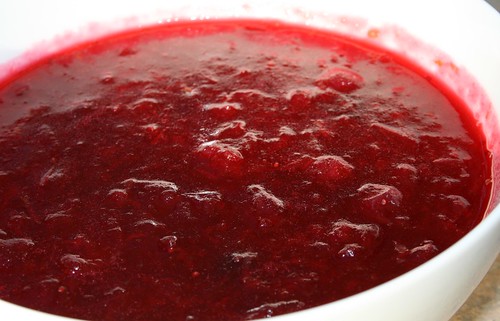This dish is all about deep-fried, doughy goodness. Yes, nothing says "I'm going to lose weight this year" quite like deep-fried raisiny goodness. But really, I had you at deep-fried, didn't I?
This recipe is one quarter of the recipe my mother gave me. This recipe gave enough portzelky for my wife, my son, my mum and I, and gave me another 10 portzelky I could bring in to work the next day. What can I say, Mennonites are used to cooking for 15 young farm workers who know how to eat.
1 ½ tsp yeast softened in 1 cup warm water and a little sugarWake up the yeast in the warm water/sugar mixture for five to ten minutes. Mix in the other liquids, and the well-beaten eggs. Mix the rest of the ingredients, except the raisins, until you have a thick batter.
½ cups milk, scalded and cooled
¼ cup cream, scalded and cooled.
2 eggs, well-beaten
1⁄8 cup sugar
pinch of salt
2 tbsp butter
½ lb. raisins
2 ½ cup flour enough to make a stiff batter
enough vegetable oil to deep-fry
Beat with a paddle mixer for five to seven minutes, you want to build up the gluten. Then add the raisins.

Cover and let rise for two hours at room temperature.

Heat up a pot of oil to 350°F.

Scoop up a large soup spoon's worth of dough into the hot oil. You don't want too big a chunk of dough, or you won't get a properly crispy exterior to go with the cooked tasty interior.
Remember two things: 1) How much oil you heat up determines how many portzelky you can cook at a time. You don't want the dough to cool down the oil, so make sure the dough chunks are floating separately. 2) Remember, if you're acting scared that you're goinng to burn yourself, you're going to drop the dough from a high height and you're going to burn yourself. Be bold and lower the dough into the hot oil from near the oil.
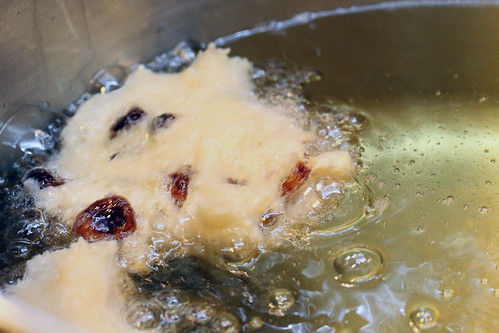
Turn the dough in the oil as it browns.

You want a nice golden brown, crispy exterior.

Remove when golden brown. Serve with a bit of golden syrup, or a dusting of icing sugar.
These crispy, yeast-dough fritters are a tasty way to bring in the New Year. Happy New Year.
